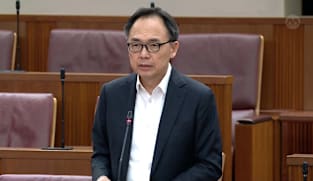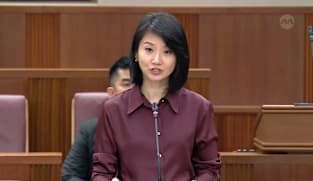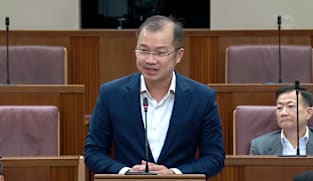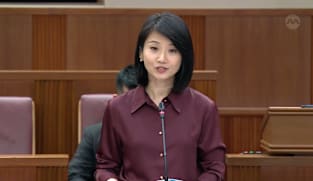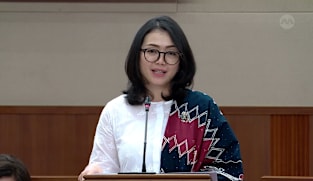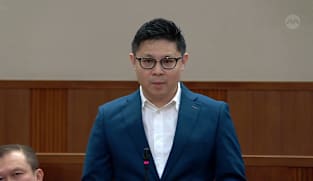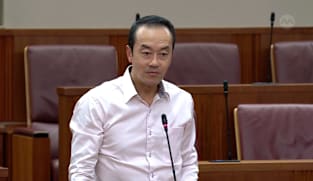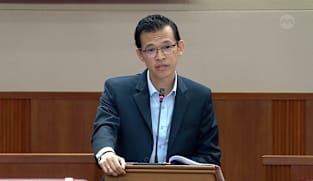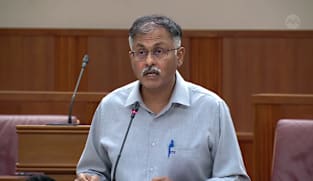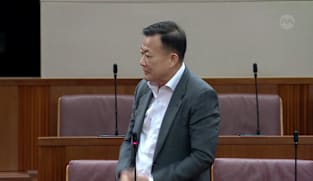Ong Ye Kung on tackling emergency department and bed crunch at public hospitals
Singapore’s public hospitals will no longer set aside wards for COVID-19 patients but assess all patients based on clinical severity, as part of the transition towards living with the virus. More transitional care facilities (TCFs) will also be activated for COVID-19 patients, and more existing TCFs paired with public hospitals. These two “structural adjustments” were announced by Health Minister Ong Ye Kung in Parliament on Tuesday (Nov 8) as he addressed questions on how to tackle the emergency department (ED) and bed crunch at public hospitals. Mr Ong said Singapore runs “a very high throughput hospital system” where even a small mismatch in demand and supply will cause waiting times to spike significantly. This is what has been happening, particularly during COVID-19 waves. While average monthly ED attendances have fallen between 2019 and 2022, the proportion of serious cases has risen and the numbers are much more volatile. Hospital bed supply has also been affected by several factors, namely a slower turnover of patients due to the ageing population, pandemic-induced construction disruptions delaying the opening of new healthcare facilities and the ring-fencing of beds for COVID-19 care. Mr Ong said that with the XBB wave subsiding earlier than expected, the authorities hope they now have the time and space to deal with the problem properly and decisively. He assured the House that despite heavy workloads, public hospitals will not compromise the safety of patients.
Singapore’s public hospitals will no longer set aside wards for COVID-19 patients but assess all patients based on clinical severity, as part of the transition towards living with the virus. More transitional care facilities (TCFs) will also be activated for COVID-19 patients, and more existing TCFs paired with public hospitals. These two “structural adjustments” were announced by Health Minister Ong Ye Kung in Parliament on Tuesday (Nov 8) as he addressed questions on how to tackle the emergency department (ED) and bed crunch at public hospitals. Mr Ong said Singapore runs “a very high throughput hospital system” where even a small mismatch in demand and supply will cause waiting times to spike significantly. This is what has been happening, particularly during COVID-19 waves. While average monthly ED attendances have fallen between 2019 and 2022, the proportion of serious cases has risen and the numbers are much more volatile. Hospital bed supply has also been affected by several factors, namely a slower turnover of patients due to the ageing population, pandemic-induced construction disruptions delaying the opening of new healthcare facilities and the ring-fencing of beds for COVID-19 care. Mr Ong said that with the XBB wave subsiding earlier than expected, the authorities hope they now have the time and space to deal with the problem properly and decisively. He assured the House that despite heavy workloads, public hospitals will not compromise the safety of patients.








